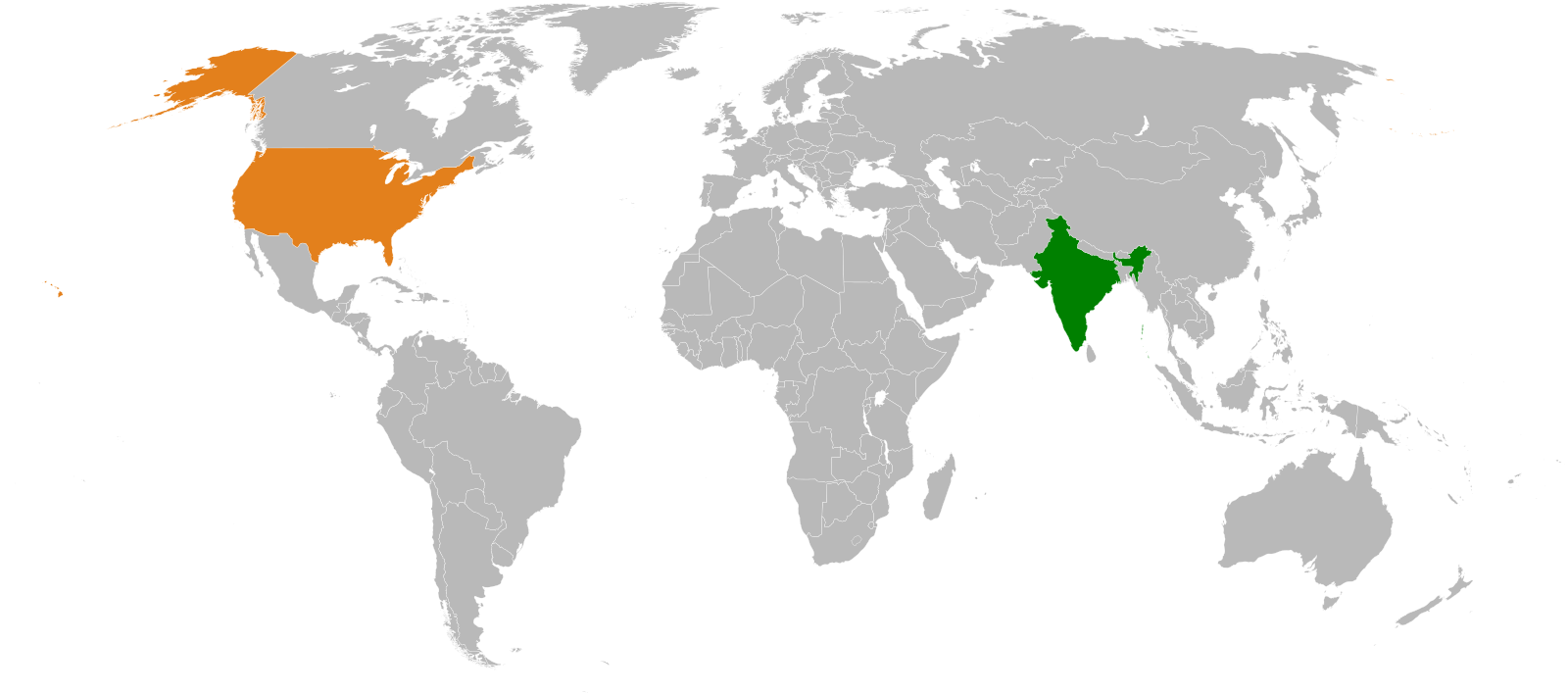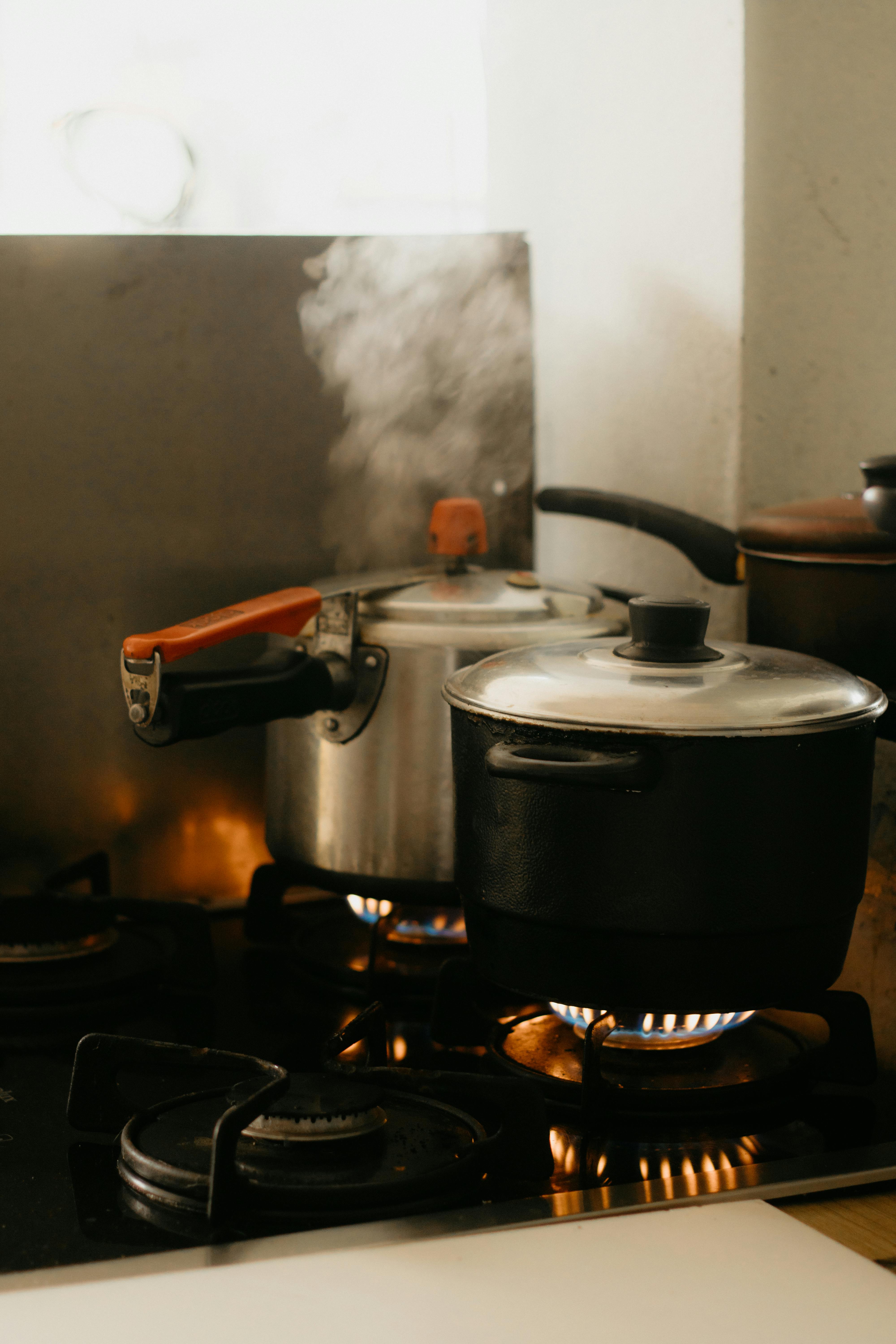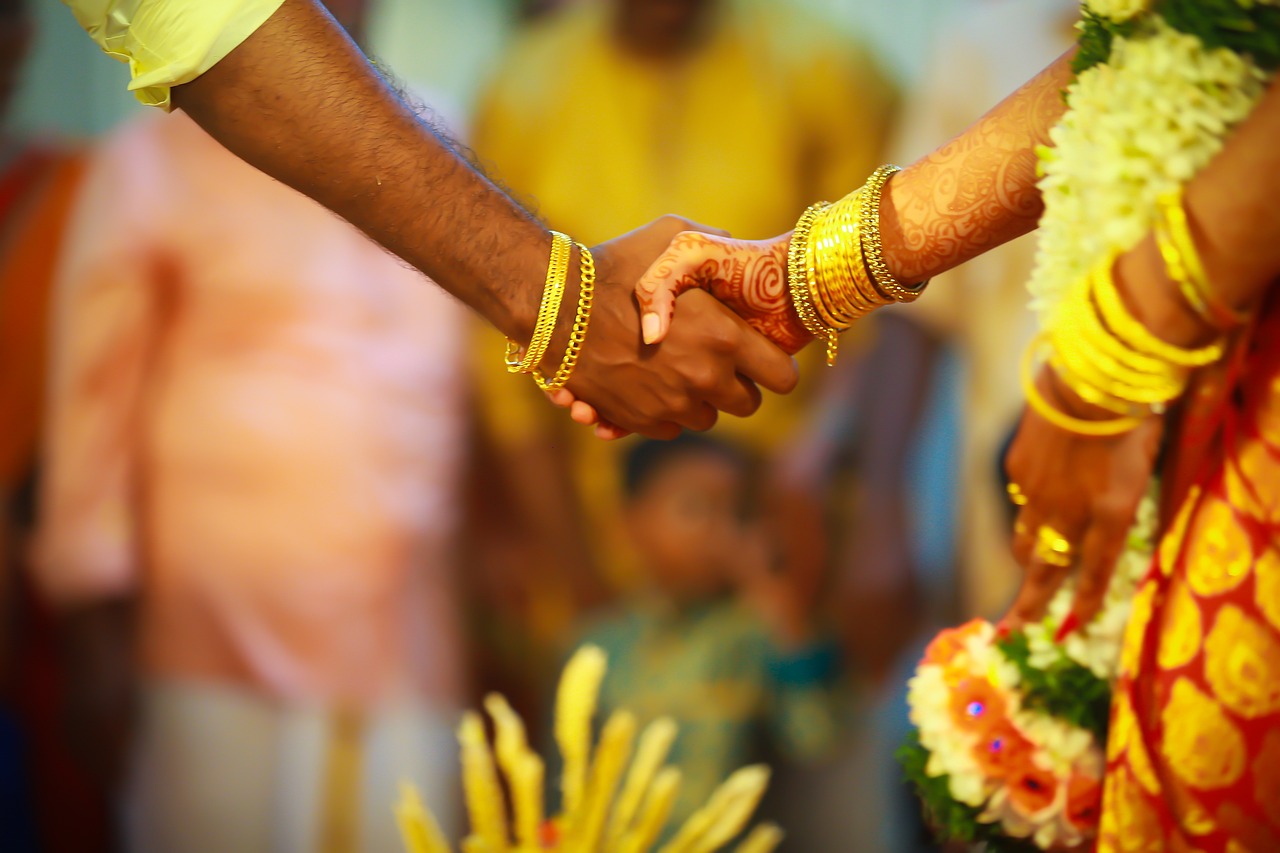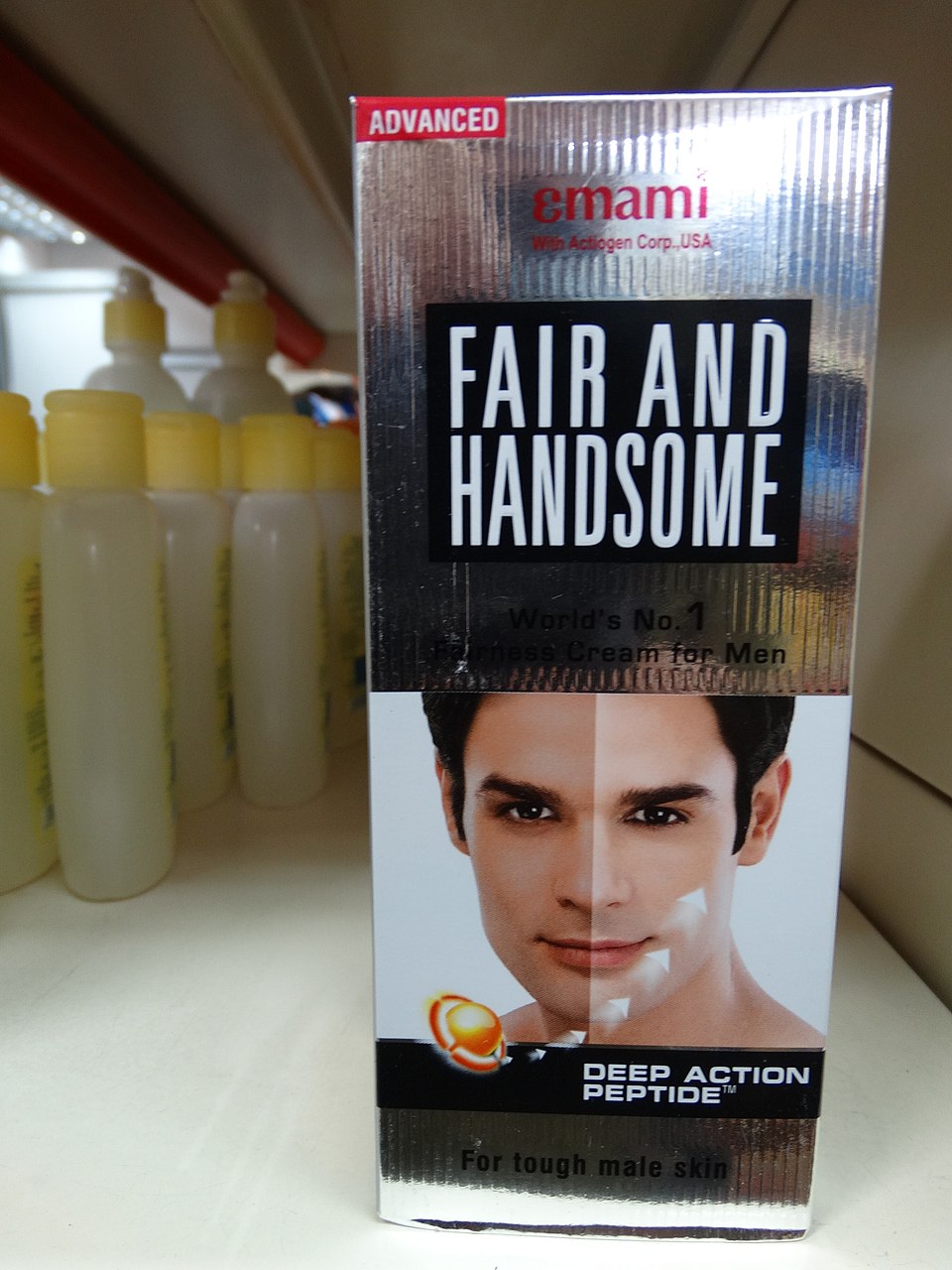Growing up as a Desi American is like trying to follow two roadmaps at once: one leading you through your parents’ culture, the other through the world you actually live in. The routes don’t always line up. Sometimes they go in opposite directions. While most of the time, it feels isolating, it’s comforting to know that there is a whole community of teenagers feeling the same way.

Image Credit: Jolly Janner from Wikipedia Commons
Being 16 and with roots from South India and born in America, I love India—the smell of cotton saris on a clothesline, stalls on the streets like a hive of bees, and incense from morning Aarti. But I’ve also grown up here, in suburban NC, where quiet streets feel like home too.
That feeling of constantly weighing which part of yourself to lean into, wondering how to assimilate and what to hold on to, is something most Desi teens can understand. One day, you’re called whitewashed because you aren’t involved enough in the community or temple. Next, you’re “too Indian” because you referenced something your white friends didn’t catch.
I’ve learned it’s not about picking one side over the other. It’s about learning how to live as both.
Let us slide into your dms 🥰
Get notified of top trending articles like this one every week! (we won't spam you)The Pressure Cooker

Image credit: Leticia Curvelo from Pexels
Having immigrant parents comes with its own set of expectations. There’s always this invisible scoreboard between you and your cousins, siblings, or some random auntie’s kids: who got into which Ivy League school, who’s doing pre-med, who learned Python or C++ in third grade. It’s not just about being successful, it’s about being better than the version of yourself that could’ve grown up back “home.” My parents are incredibly proud of their heritage, and they want me to be too.
But sometimes that pride turns into pressure. If I get a B, I feel like I’ve failed not just a class but my supposed future.
Take the Quiz: Why Representation matters in school curriculam
Representation in school
PWI: Pretending We’re Included
Attending a predominantly white institution (PWI) means, for many but not all Desi teens, having to explain your lunch, your traditions, your holidays. It’s being asked, “Wait, you speak Indian?” or “Do your people still do arranged marriages?”

Image credit: ANOOP VS from Pixabay
It’s laughing at jokes that don’t land, brushing off microaggressions so you don’t seem “too sensitive,” and then wondering why you feel so guilty for being indifferent.
Having other Desi kids in class is comforting, like a shared understanding. But even amongst us, it always feels like there’s a silent competition to prove who’s succeeding the most. Even with friends, it feels like we’re also racing each other, trying to stand out in a country that fails to differentiate and appreciate us as people.
Especially now, with the surge of anti-Indian hate on social media, the stereotypes paint Indian food stalls as dirty, labeling us unhygienic, smelly, ugly, scammers, or job stealers. It’s hard not to carry that weight, especially in a country that prides itself as a cultural melting pot. But two things can be true at once. America has opened doors for many South Asians to build families to succeed and grow.
A Model Minority Nightmare
College admissions for Desi kids are brutal. We are held to a higher, often unrealistic standard: straight A’s, a laundry list of extracurriculars, leadership roles, volunteer hours—all just to maybe be considered well-rounded. The truth is that these expectations set by our own community set us up for failure. We are pushed to be perfect in every way, yet often end up looking like we all blend into the same mold, struggling to truly stand out despite the pressure.
At the same time, we’re navigating America’s expectations of us, too. The “model minority” myth paints all Asian students as naturally brilliant, hardworking, and disciplined. It doesn’t leave room for any individuality.
That pressure doesn’t just come from our culture; it’s baked into how colleges, teachers, and institutions see us the moment they read our last name. We are expected to overachieve, yet told we’re indistinguishable.
We are either doctors, engineers, or failures. That’s how the world sees us. Even the media reinforces it: the successful South Asian is either a STEM genius or running a gas station.
There’s no in-between. What’s ironic is, we do exist in the in-between. We’re artists, technicians, writers, activists, and teachers.

Image credit: Mikael Blomkvist from Pexels
“Which Race Would You Never Date?”
Whether you’re scrolling through YouTube, TikTok, or any other platform, you’ve probably seen one of those so-called “social experiment” videos where someone asks, “Which race would you never date?” like it’s a casual question. Almost every person answered “Indians” at an instant.
I often think about how an entire race of people can be universally considered undateable. And I wonder how many Desi teens internalize that. How many of us have laughed at “smelly curry” jokes just to seem chill? How many of us started believing we were less attractive to our crushes because we weren’t blonde, or white, or fair-skinned?
The “Great Shift” was trending a couple of months ago—TikTok’s name for the sudden glorification of South Asian beauty. But like most trends, it came and went. But we’ve always been beautiful. Our features didn’t suddenly become worthy because Western influencers started wearing bindis at Coachella or calling dupattas Scandinavian scarves.
Not Fair or Lovely
Let’s talk about colorism. Bollywood might be diverse in language and music, but not in skin tone. Fair skin is still the standard, even in a country where most people are various shades of brown.
It’s no surprise that in Tamil cinema, the heroines often look like they came from Europe. One of the most popular Tamil actresses is Amy Jackson—a white American woman with zero Indian heritage. The fact that an industry meant to represent Tamil culture chose a white woman to embody its ideal says everything. It shows that even in our own stories, they’d rather cast someone who looks nothing like the millions of little girls growing up across South Asia. This isn’t to discredit her talent or success, but it does speak volumes about the industry’s beauty standards across Bollywood to Tollywood to Kollywood, etc.
Indian media tells us our culture is beautiful, but only when it’s filtered through Fair and Lovely and anglicized accents.

Image Credit: Adam Jones from Wikipedia Commons
Desi Dating
Romance in Indian households is typically taboo, with exceptions for mainly progressive families. While, American culture romanticizes high school sweethearts and promposals. We grow up stuck between “No dating until you finish school/college” and “You’re too young for all that.” It makes navigating feelings like walking through a minefield.
Caste-Class Complex
Often in the South Asian community, we look down on those who came to America through different paths, like refugees, gas station owners, Uber drivers, as if there’s a right way to be an immigrant. We forget that we’re all dealing with similar challenges, just in our own ways.
If there’s anything I’ve learned from being South Asian, it’s that being bicultural isn’t a burden. It’s a bridge. To every Desi teen who feels like they have to choose one part of themselves over the other, don’t.
You are both. Not either.

Image Credit: Aman Agrahari from Wikipedia Commons


















